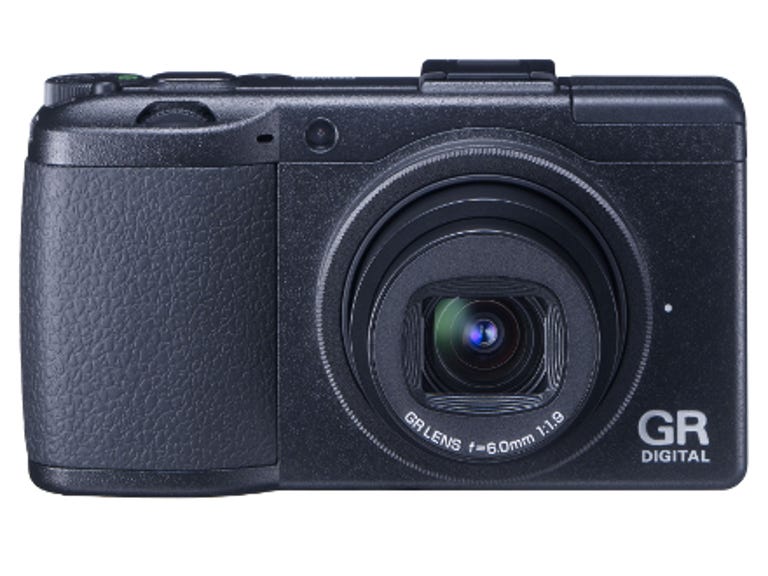 Why You Can Trust CNET
Why You Can Trust CNET Ricoh GR Digital III review: Ricoh GR Digital III
With a fixed-focal-length lens and steep price tag, the 10-megapixel GR Digital III won't appeal to the average user. But photography professionals and enthusiasts who want a 'proper' camera in a compact body will be delighted with its rock-solid build and fantastic photo quality
Would anyone in their right mind contemplate spending £530 or so on a compact camera that doesn't even have a zoom lens? Why, for that money you could buy a decent digital SLR. The Ricoh GR Digital III had better be something pretty special.
The Good
The Bad
The Bottom Line
King among compacts
It is. It's not so much what it does, but how it does it. Be very clear from the start that this is a highly specialised little camera that will appeal to only a few photographers. But, for these few, it transcends the normal limitations of pocket-sized compacts with a build quality, feature set and performance that's on an entirely new level.

Let's start with the build quality. The matte black finish is superb, and the body feels absolutely rock-solid. There's no fake chrome trim or shouty stickers here, just a handful of clearly-labelled, properly spaced-out controls. From the recessed control wheel on the front to the navigational buttons on the back, everything feels tight, precise and workmanlike. The LCD is superb, all 920,000 pixels of it, and the text in the menus is refreshingly small. At last, we have an interface that doesn't look like a kindergarten teaching aid.
Now for the features. There's no face detection or scene modes. This is photography reduced to the basics. You can choose from program-auto-exposure, aperture-priority, shutter-priority and manual modes, and that's it. In place of techno-gimmickry, there are some seriously useful old-school options, including an easy-to-use manual-focus option, complete with depth-of-field indicator, and a 'snap' focus mode that takes the photo at a fixed focus distance (2.5m by default) when you stab quickly at the shutter release.
While you might baulk at a lens with a fixed focal length of 28mm equivalent, be aware that it has a maximum aperture of f1.9 (one to two stops faster than the average) and produces outstanding image quality. It offers edge-to-edge sharpness at any lens aperture -- even wide open -- with little distortion and barely-detectable chromatic aberration. It also has a crazy, 1cm minimum focus distance and a special optical correction to combat field curvature at ultra-close focusing distances.
The image quality really is excellent. The definition's as good as you're going to get from a compact-sized sensor, and it holds up very well at higher ISOs, producing decent results even at ISO 800. And, if the camera's JPEGs aren't good enough, you can switch to raw instead. The GR Digital III might only have a 1/1.75-inch sensor, but it comes remarkably close to the image quality of a 10-megapixel dSLR. You can thank the larger-than-usual sensor and the conservative, 10-megapixel resolution for that.
Problem deficit
It's hard to find any negative points that aren't inherent in the camera's price and specialised audience. The function lever on the back is perhaps rather fiddly and easy to make mistakes with, and the dynamic range double-shot mode only works when the camera's on a tripod and the subject doesn't move, but these aren't big issues.
Conclusion
For the average user, the Ricoh GR Digital III is so overpriced and under-specified that it's just not worth considering. But, for pros and enthusiasts who want a 'proper' camera that they can fit in a pocket, and who value quality and simplicity above all, it's just brilliant.
Edited by Charles Kloet
